Trusted Best Insulation for Masonry Walls in Zones 1 & 2
As a multi-layer reflective wall insulation, VR Plus Shield™ enhances enclosed cavity air space, stopping up to 97% of radiant heat transfer. This unique insulation has multiple Low-e layers that expand within the cavity to create three (3) reflective air spaces. Gain up to R-7.1 on 1-5/8″ framing for a higher-performance wall system.
An easy upgrade from R-4.1 insulation to help builders qualify for DOE New Energy Efficient Home Tax Credits. Cost-effective and remarkably easy to install, this powerful multi-layer Low-e technology boosts R-value by utilizing less cavity air space—allowing for a slimmer wall system to provide you with more sellable square footage in zones 1 & 2.
A Cost Effective Alternative to 3/4″ Foam Board
One (1) roll of VR Plus Shield™ equals 16 sheets of 4×8 foam board. Packaged in compact 500 sq ft rolls, this offers easier handling, reduces waste, and lowers the chance of product damage due to weather when staged on job sites.
Explore the Multifaceted Advantages and Features
- 16″ or 24″ widths
- Perforated or Solid versions are available
- Creates Three (3) Reflective Air Spaces
- Outer Layer of Natural Kraft Paper
- Inner Layers of Premium Grade Aluminum Foil
- FI-FOIL® Expander Technology Separates Paper and Foil Layers
- Perforated Version Allows Vapor Transmission in Hot-Humid Climates
- Quick Installation with Staple or Tape Tab
- Install on Wood Furring or Metal Framing
- Easily Combine with Other Mass Insulation as part of a Wall or Ceiling System
- Supports Sustainable Design
- Verified Recycled Content >20%
- Adds R-6.5 – R-7.1
- Low-e Surfaces Blocks 97% of Radiant Heat Transfer to Improve the Performance of Enclosed Air Spaces
- Lowers HERS® and Other Energy Rating Indexes (ERI)
- High Performance and Compact
- Lightweight 500 sq ft Rolls
- Easy to Handle, Installs Faster
- Save Labor
- Save on Material & Shipping
- Save Warehouse Space
- Lowest Cost per R-value of All Masonry Wall Insulation
- Boosts R-value Utilizing Less Air Space
- Gain Sellable Square-Footage for Increased Marketability
- More Comfortable, Resilient Buildings
- Improved Energy Efficiency
- 10-Year Transferable Warranty
- National Network of Distributors and Contractors
Code-Compliant Confidence
- Meets ASTM C-1244 Standard Specification for Reflective Insulation
- Meets International & Florida Building & Energy Code Requirements
- Meets ASTM C 1224, Reflective Insulation
- Meets International Building Codes (IBC)
- Meets International Residential Codes (IRC)
- Meets International Energy Conservation Codes (IECC)
- Meets Florida Building Codes (FBC)
- Meets Florida Residential Codes (FRC)
- Meets Florida Energy Conservation Codes (FECC)
TECHNICAL DOCUMENTS
Request Product Support
Please don’t hesitate to reach out for inquiries, project consultations, or more information about FI-FOIL® reflective insulation system solutions. Our team of experts is dedicated to providing personalized assistance and technical expertise to meet your specific needs. Please note that the more completely the fields below are filled out, the more accurate your response will be.
A TRUSTED LEADER FOR REFLECTIVE INSULATION TECHNOLOGIES
PROVIDING YOU WITH SERVICE, INTEGRITY AND INNOVATION
We manufacture, market, and distribute high-performance reflective insulation technology and radiant barriers. Our products are sustainable and improve building performance and comfort all year round. Our reflective insulation technology is one of the fastest-growing technologies in the world and we want you to grow with us.

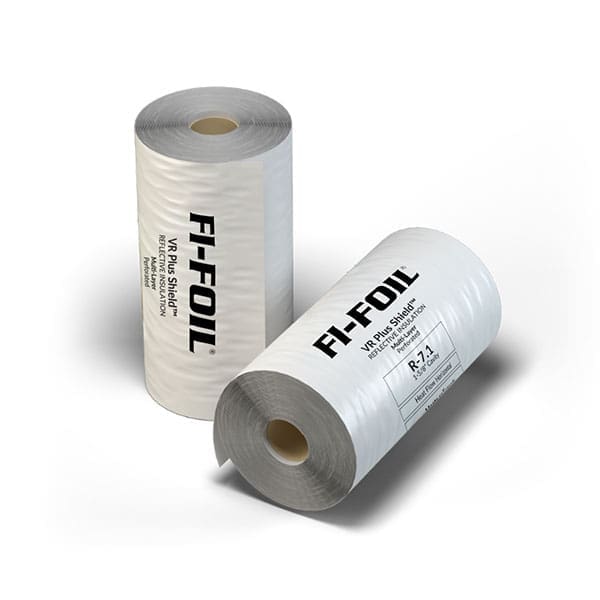



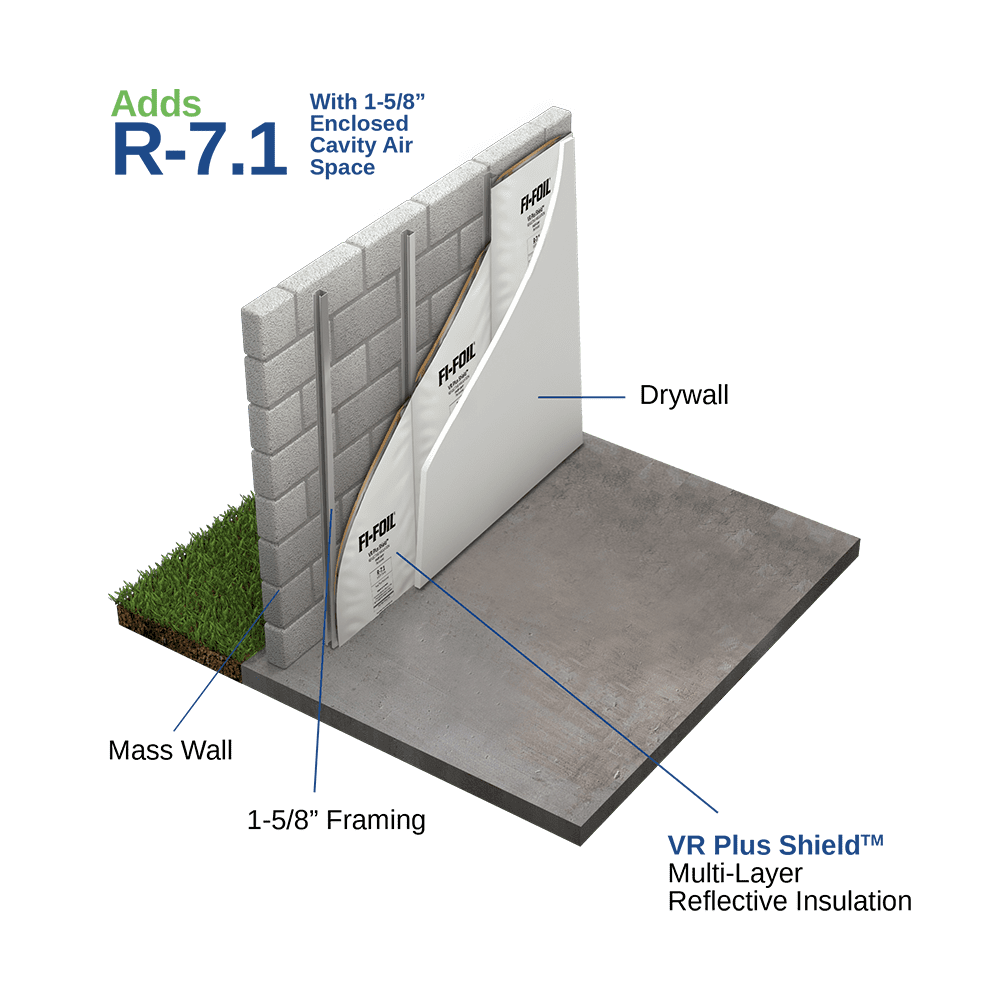
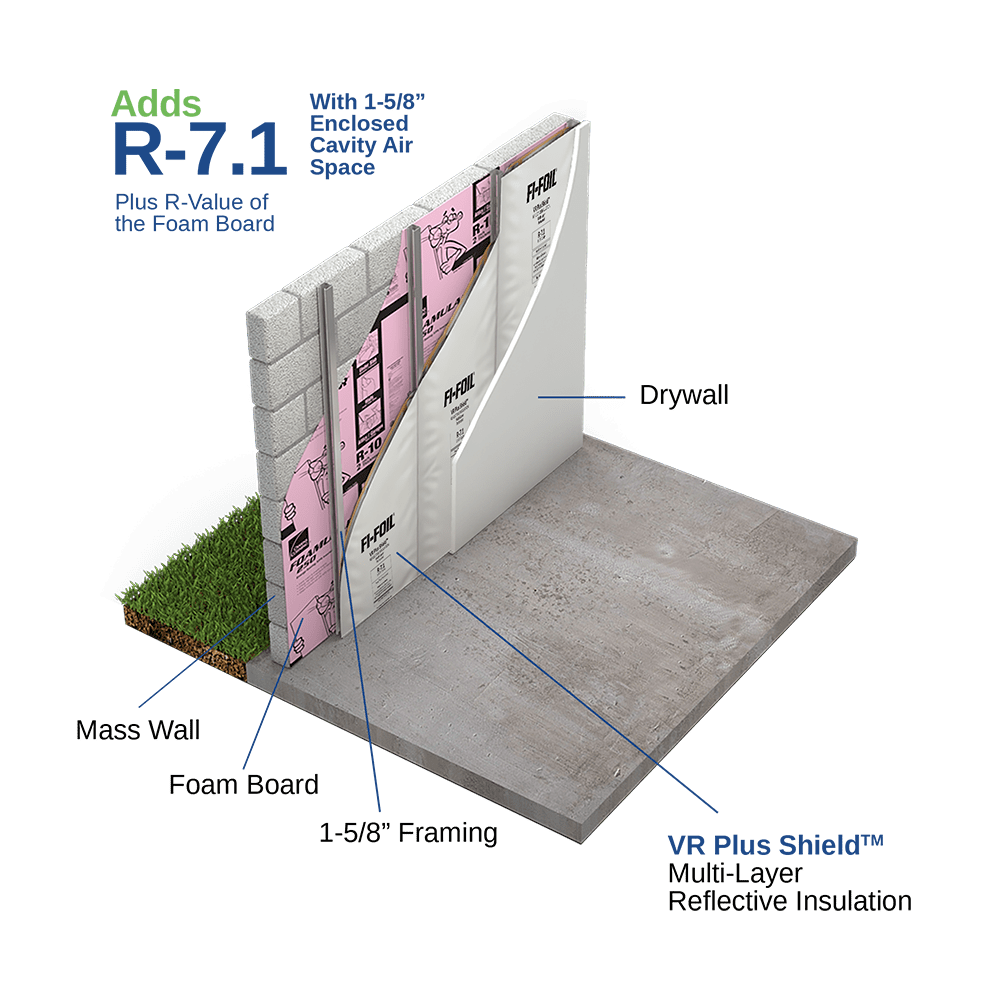

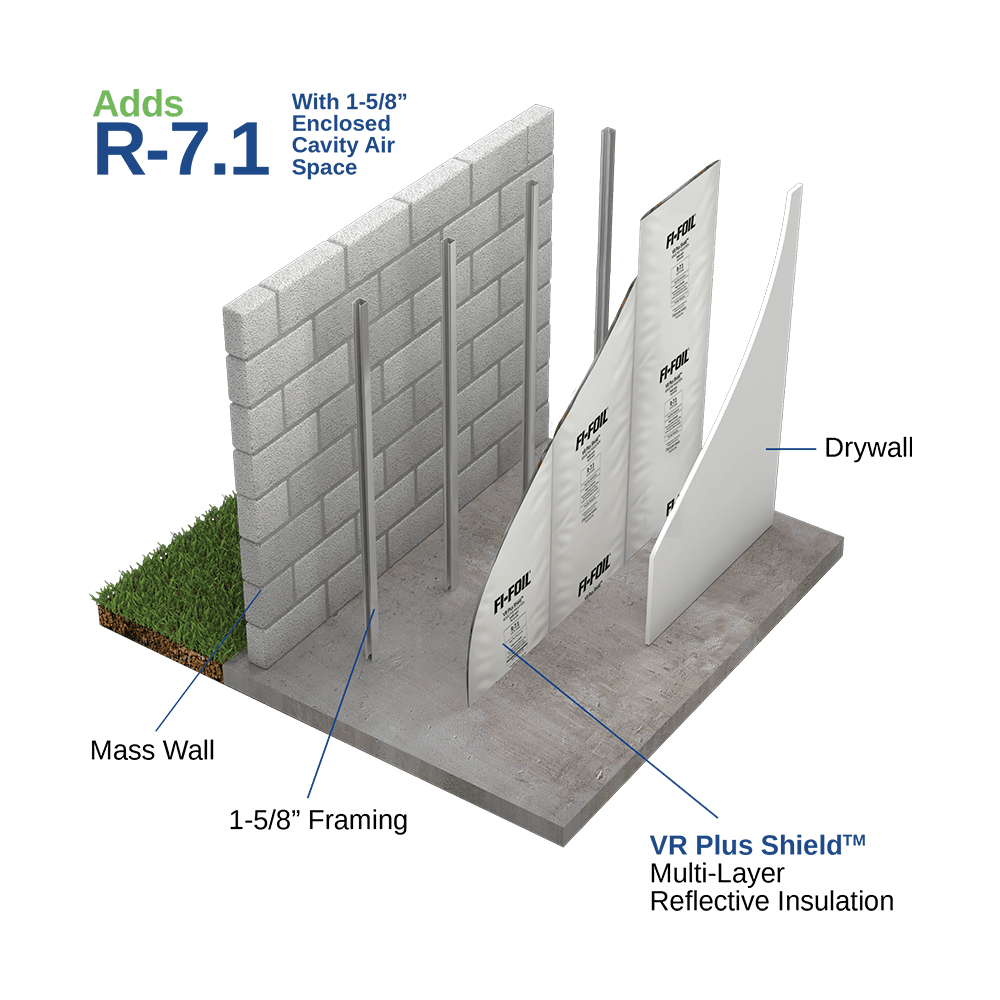

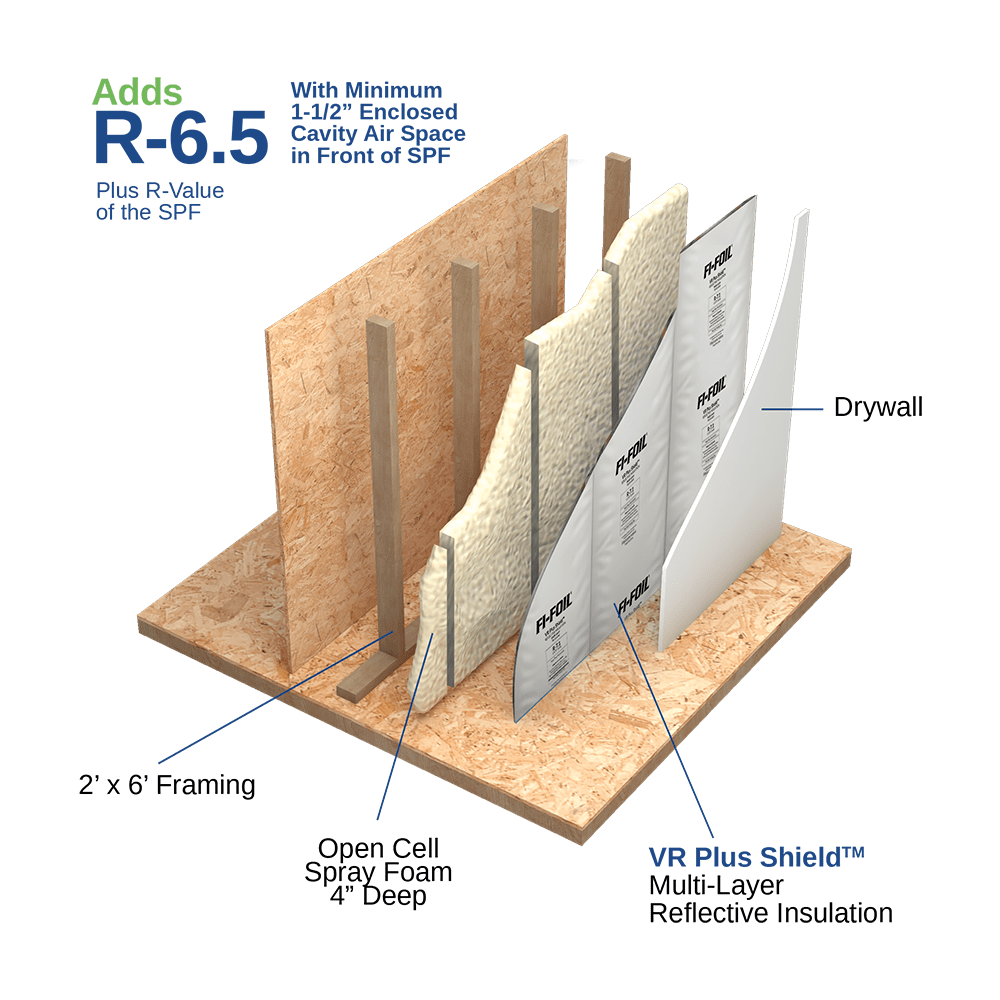



![Masonry Wall with VR-Plus Shield on Wood Furring Masonry Wall with VR Plus Shield™ Wood Furring [PDF]](https://b3524466.smushcdn.com/3524466/wp-content/uploads/2024/03/Masonry-Wall-with-VR-Plus-Shield-on-Wood-Furring-pdf.jpg?lossy=2&strip=1&webp=1)
![Masonry Wall with VR-Plus Shield on Metal Framing and Continuous Flex Foam Insulation Masonry Wall with VR Plus Shield™ Metal Framing and Continuous Flex Foam Insulation [PDF]](https://b3524466.smushcdn.com/3524466/wp-content/uploads/2024/03/Masonry-Wall-with-VR-Plus-Shield-on-Metal-Framing-and-Continuous-Flex-Foam-Insulation-pdf.jpg?lossy=2&strip=1&webp=1)
![Masonry Wall with VR-Plus Shield on Metal Framing Masonry Wall with VR Plus Shield™ Metal Framing [PDF]](https://b3524466.smushcdn.com/3524466/wp-content/uploads/2024/03/Masonry-Wall-with-VR-Plus-Shield-on-Metal-Framing-pdf.jpg?lossy=2&strip=1&webp=1)








